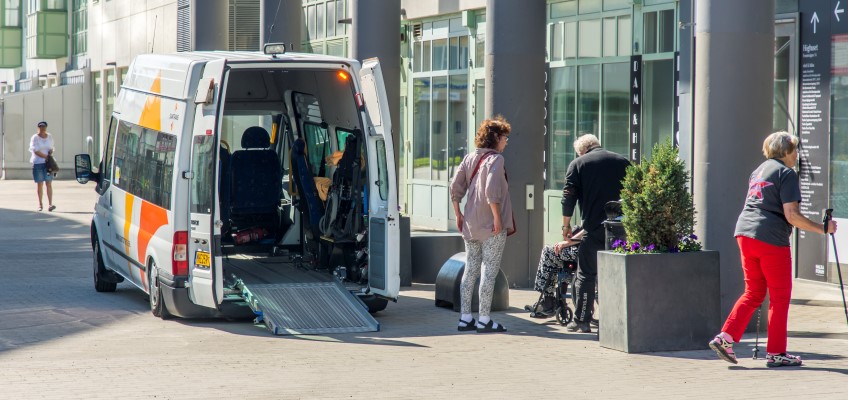Clearer criteria for special transport service permit

Attention has recently been focused on people who were formerly considered to belong to the target group for special transport service (STS) having been denied their right to the service, and on a case that has already set a precedent, in which leave to appeal was denied in the highest court. Against this background, the Swedish government decided to commission Transport Analysis to analyse whether the current application of the provisions of Swedish Special Transport Service Act is consistent with the intentions in the preparatory work for the Act. In this report we will address the criteria for obtaining a STS permit, but not the regulations and conditions with which such permits may be associated.
Read/download publication
Our investigation has shown that the problems with STS did not start with the noted cases, but rather over 10 years ago. We find that STS permits are not wholly fulfilling their intended role as a supplement to public transport. The ways in which the Act is being applied deviate in several respects from the intentions of the Government Bill and have been made stricter on several occasions since the advent of the Act. This has to do primarily with the fact that the applicant's distance to their nearest stop has not been taken into account in legal practice. If that distance exceeds a couple of hundred metres, no STS permit need be granted.
In addition, requirements have been developed within this legal practice demanding that the applicants practice in order to being able to make trips, or to have someone accompany them on public transport. These requirements have negatively affected the eligibility of permits for visually impaired people, and other people who have problems orienting themselves. We find that these applications of the Act deviate from the goals of national disability policy and illustrate a difference in terms of social accountability for the inhabitants between regional public transport authorities (RPTAs) and municipalities, which is working against the integration of STS in the RPTAs that was an important goal in the Government Bill.
Because the Swedish Special Transport Service Act is a framework law, i.e., one that establishes the extreme limits but not the details of its application, the reasons for these developments are to be found among the legal practices of the authorities and, in some cases, the courts.
To rectify the ambiguities in the legislation that have led to this practice, we propose a clarification with respect to the geographical area served by public transport based on a person with no functional impairment, and that the ability to use public transport be assessed from the point of departure to the destination, i.e., to apply an entire trip perspective from door to door. We also propose a stricter breakdown of the assessment in terms of 1) access to public transport and 2) functional impairments and disabilities.
Access to public transport is defined here as the public transport at the location which a person with no functional impairments can normally use, which must also include areas served by local transport services (närtrafik) and complementary services. These practices will enable us to avoid the risk of discriminating between people with and without functional impairments, which we believe the current practice engenders.
Our investigation leads us to propose a few changes in the law. We believe that the problems related to differences in interpretation could be rectified at least in part via a clearer regulatory framework. However, some differences among the municipalities’ assessments must be allowed to remain, as different municipalities operate under different conditions and assumptions.

